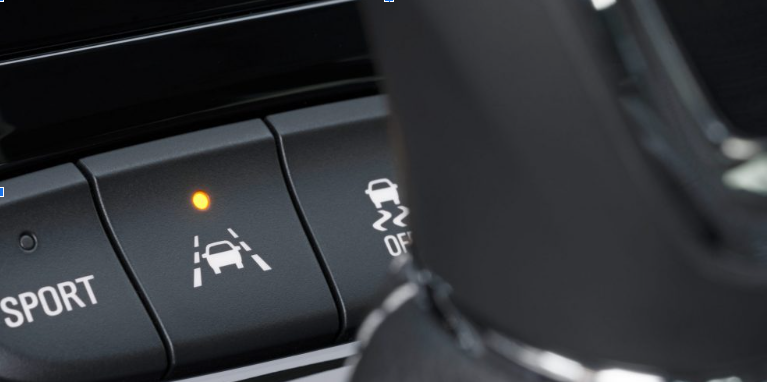Imagine your car having a superpower – one that helps you stay in your lane, avoid collisions, and even brake automatically in an emergency. That’s the magic of Advanced Driver-Assistance Systems (ADAS), a suite of high-tech features that are increasingly common in modern vehicles. But like any superpower, ADAS systems need to be fine-tuned to work properly. That’s where ADAS calibration comes in.
What are ADAS Safety Features?
ADAS features are like extra sets of eyes and reflexes for your car. Some common examples include:
- Forward Collision Warning (FCW): Alerts you to a potential frontal collision with another vehicle.
- Lane Departure Warning (LDW): Warns you if you’re unintentionally drifting out of your lane.
- Automatic Emergency Braking (AEB): Applies the brakes automatically to help avoid a collision.
- Adaptive Cruise Control (ACC): Maintains a safe following distance from the car ahead.
These features rely on a network of sensors, cameras, and radars strategically placed around your car. They work together to gather information about your surroundings and the position of your vehicle.
Why is ADAS Recalibration Important?
Over time, due to various reasons, the alignment of these sensors can get slightly off. This can happen after:
- Windshield replacements: The new windshield may need calibration targets aligned for the camera to function properly.
- Collision repairs: Even minor repairs to the front windshield, bumper, or suspension can affect sensor placement.
If your ADAS system isn’t calibrated correctly, it might not function properly, potentially putting you and others at risk. In some cases, a malfunctioning system may even disable itself.
What is the ADAS Recalibration Process?
ADAS recalibration is a precise process typically performed by certified technicians. There are two main types of calibration:
- Static Calibration: Done in a controlled environment using specialized equipment to align the sensors to predetermined targets.
- Dynamic Calibration: Performed while driving on a specific route to allow the system to collect data and self-calibrate.
The exact steps will vary depending on your vehicle’s make and model.
Keeping Your ADAS System in Top Shap
By understanding ADAS features and the importance of recalibration, you can ensure your car’s safety systems are functioning optimally, giving you peace of mind on every drive.

